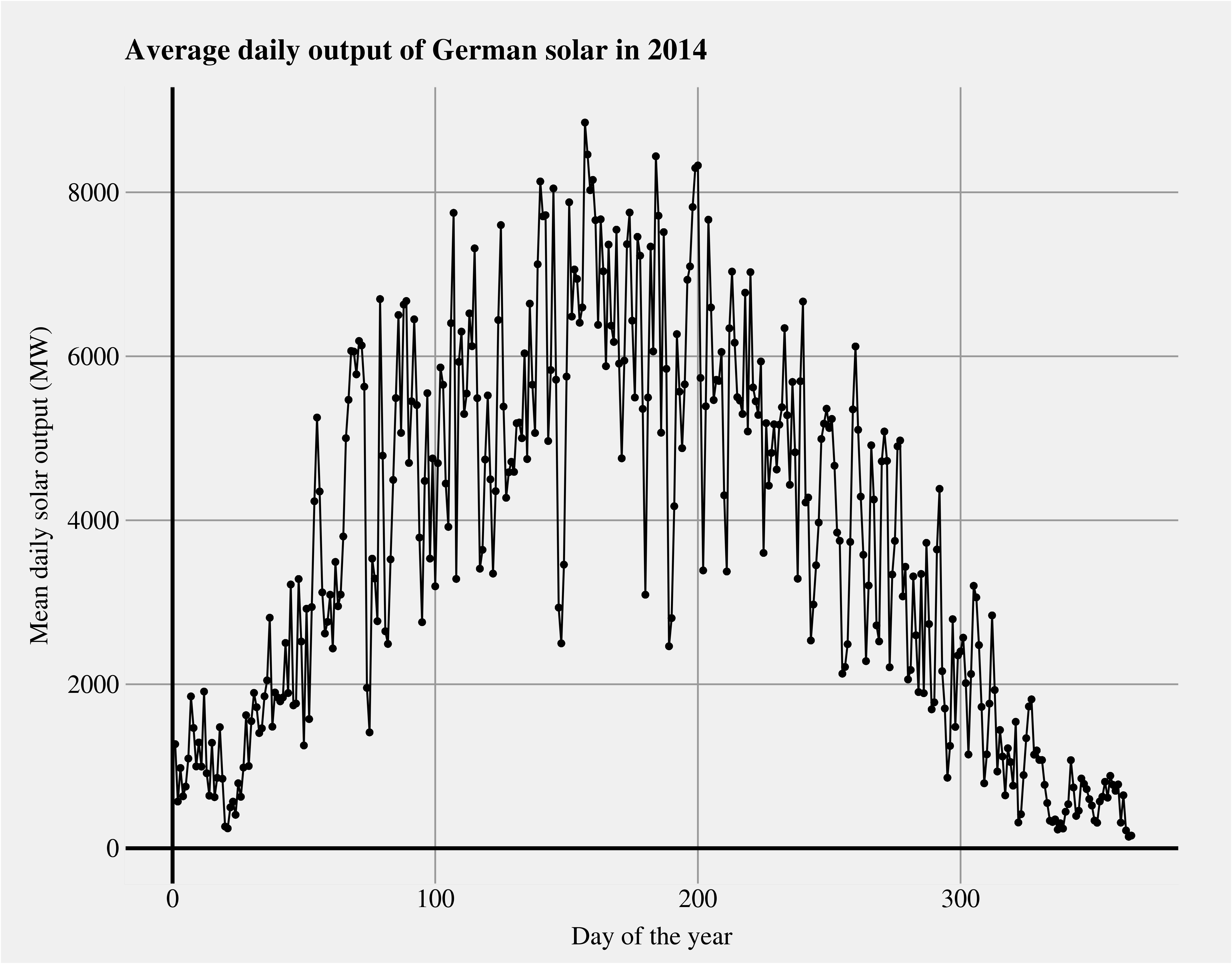Don't confuse "installed capacity" with "production".
A solar array with a capacity of 1 GW produces zero at night, and only reaches near that peak at solar noon on clear days, and only in June unless they are using seasonal axis tracking arrays.
A nuke or coal plant with a capacity of 1GW can produce that 24/7, near 365/year.
So the real measure is output. Sure, Germany is increasing solar installs. But as they cut those nukes, a lot of it is being back filled with coal. And they rely on coal when the sun doesn't shine.
Play around with the date choices on this site, select " all sources" for the detail.
https://www.energy-charts.de/power.htm
June 2011, looks like ~ 7~10% uranium range through the month, day in, day out, 24 hours a day. Solar, sharp daytime peaks ranging around 7~12%.
June 2015, looks like ~ 8~9% uranium range through the month, day in, day out, 24 hours a day. Solar, sharp daytime peaks ranging around 7~19% range. (some eyeballing in all that).
So yes, more solar, but not much affect on nukes. And notice I used JUNE, take a look at January.
Solar is great, but it still requires us to keep baseline and peaking power on hand. And replacing baseline means adding peaking. That might be the right thing to do, but it isn't near being all gravy.
-ERD50

